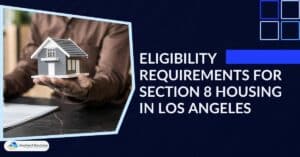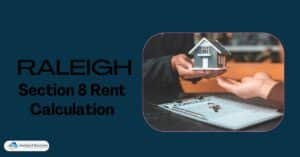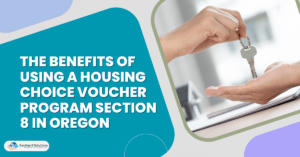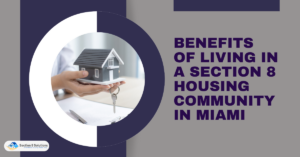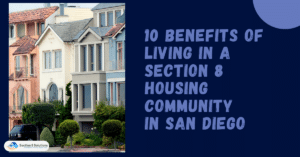The Raleigh income limit for Section 8 housing assistance is determined by the U.S. Department of Housing and Urban Development (HUD). These limits vary annually based on factors like family size and the region’s median income. These guidelines ensure that low-income individuals and families in Raleigh can access safe and affordable housing through the Section 8 program.
This comprehensive guide explores the Raleigh income limit for Section 8 housing assistance, shedding light on its importance, calculation methods, eligibility criteria, and how it impacts the lives of low-income individuals and families.
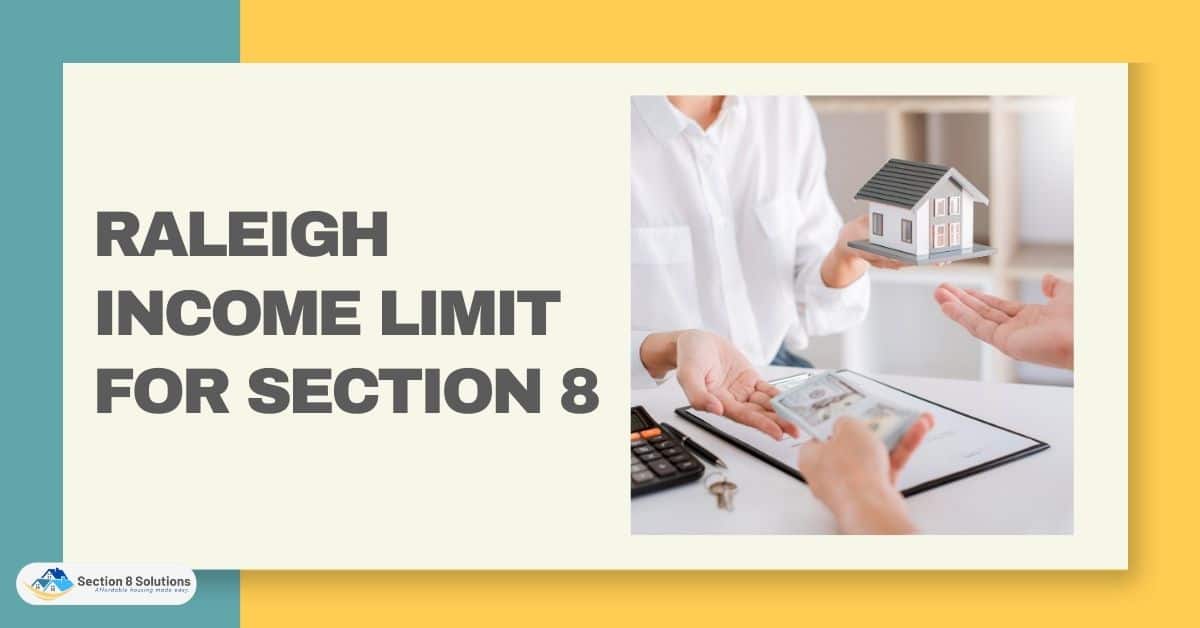
Understanding Section 8 Housing Assistance
Section 8, also referred to as the Housing Choice Voucher Program, is a vital federal undertaking under the purview of the U.S. Department of Housing and Urban Development (HUD). Its core mission revolves around aiding low-income families, elderly citizens, and individuals with disabilities by facilitating their access to secure and budget-friendly housing options within the private rental market. The program plays a pivotal role in achieving this by extending financial aid to eligible households, bridging the gap between their earnings and the cost of suitable living conditions.
At its heart, Section 8 stands as a lifeline for those grappling with economic hardships. It’s a mechanism designed to offer a pathway to secure living spaces, transcending the financial barriers that often prevent individuals and families from accessing adequate housing. By providing financial assistance, Section 8 ensures that all members of society have the opportunity to enjoy a certain standard of living, irrespective of their economic circumstances. This approach not only uplifts individuals but also contributes to the overall stability and welfare of communities.

The Role of Raleigh Income Limits
In the intricate landscape of housing assistance, Raleigh’s income limits for Section 8 stand as a pivotal criterion. These limits form the bedrock upon which eligibility for housing assistance is determined, shaping the lives of countless individuals and families. Delving into the specifics of these limits uncovers a nuanced mechanism that bridges affordability with accessibility, ultimately paving the way for a more inclusive and equitable housing landscape in Raleigh.
1. Defining Eligibility
Raleigh’s income limits for Section 8 are not arbitrary figures but are grounded in the Area Median Income (AMI) of the region. This AMI serves as a central reference point, encapsulating the midpoint of all household incomes within the city. By anchoring income limits to the AMI, the program ensures a realistic gauge of economic diversity, enabling a more targeted approach to assistance distribution.
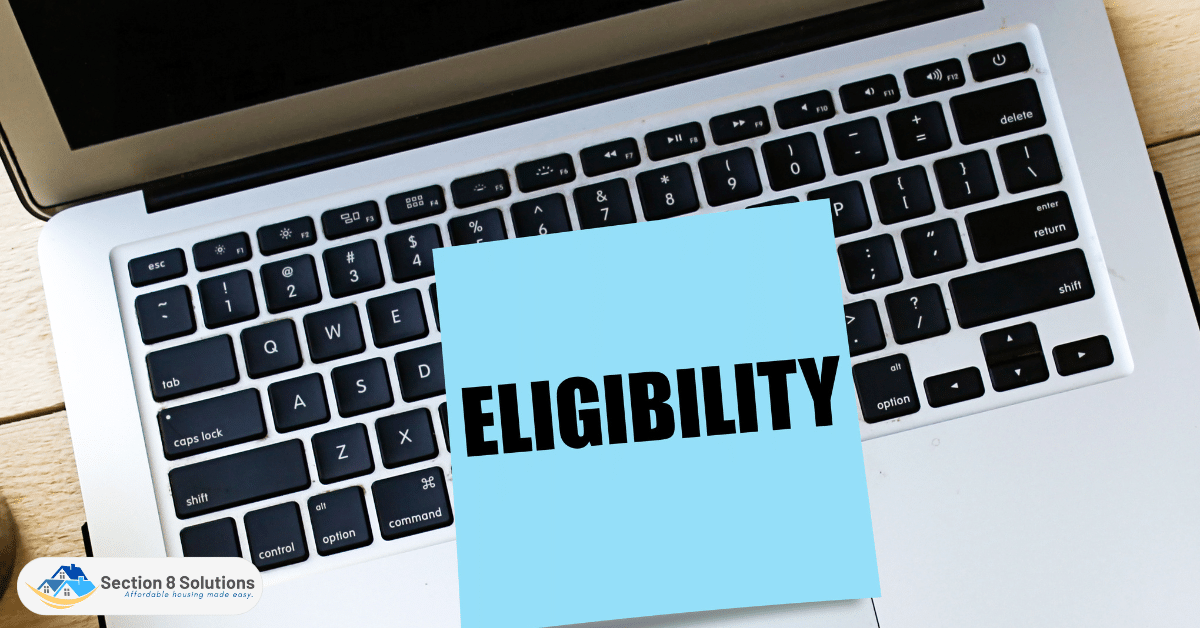
2. Categorizing Income Thresholds
The AMI acts as the North Star for categorizing income thresholds into various segments. These segments correspond to different income categories, determining who qualifies for housing assistance. This stratification is an integral aspect of the program’s effectiveness, as it allocates resources according to need while adhering to the city’s economic dynamics.
3. Balancing Affordability and Access
The interplay between Raleigh’s income limits and the AMI underscores a delicate balance between affordability and access. The income limits not only serve as a means of identifying those who require assistance but also ensure that the aid provided aligns with the local cost of living. This equilibrium is essential in preventing financial strains on beneficiaries while promoting housing options that foster well-being.
Raleigh’s income limits for Section 8 transcend mere numerical values; they epitomize a meticulous approach to housing assistance. By anchoring eligibility criteria in the city’s economic fabric and aligning them with the AMI, the program masterfully blends equity and efficiency.

Calculation of Raleigh Income Limits
Behind Raleigh’s housing assistance lies a meticulous annual process – the calculation of income limits for Section 8. This dynamic mechanism adjusts according to family size, composition, and economic dynamics, ensuring equitable aid distribution to those in need.
Income Limits Calculation: Factors and Methodology
| Factor | Impact |
|---|---|
| Family Size | Larger families see increased income thresholds, reflecting their higher financial requirements. |
| Household Income | Limits are set as a percentage of AMI, adjusting for economic dynamics. |
| Local Economy | Limits stay relevant to Raleigh’s cost of living, preventing disparities due to inflation or economic shifts. |
Calculated income limits epitomize Raleigh’s commitment to aiding low-income individuals. Adjusted annually and tailored to dynamics, these limits foster equity while adapting to economic changes. Raleigh’s dedication ensures support for larger families and aligns with its mission to cultivate a vibrant and secure community.
Determining Eligibility
Navigating the path to Section 8 housing assistance in Raleigh involves meeting specific criteria that ensure a fair and effective distribution of aid. Eligibility hinges on a combination of income thresholds and additional factors that play a pivotal role in determining the program’s beneficiaries.
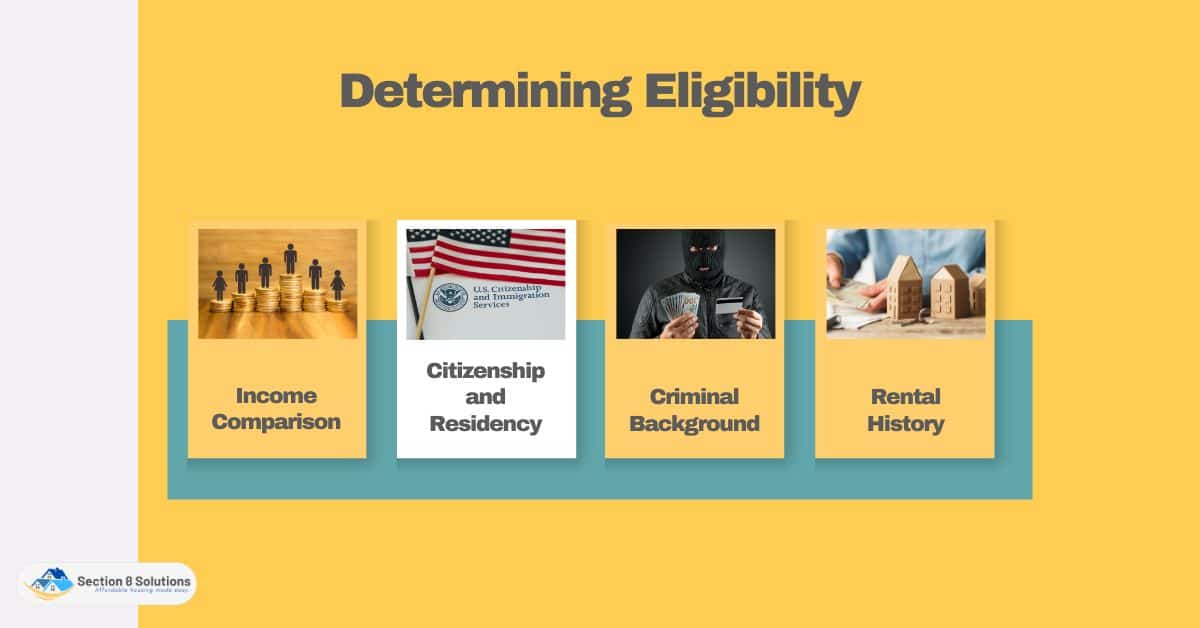
- Income Comparison: To qualify for Section 8 in Raleigh, a fundamental step is assessing the household’s income against the defined income limits. This evaluation ensures that assistance is allocated to those whose financial circumstances align with the program’s objectives.
- Citizenship and Residency: Applicants must verify their citizenship status or eligible immigration status. Additionally, residency requirements ensure that the program serves Raleigh’s residents in need of housing support.
- Criminal Background: While a criminal record does not necessarily disqualify individuals, certain criminal histories could impact eligibility. The program evaluates whether an applicant’s criminal background poses a risk to the community or property.
- Rental History: A stable rental history demonstrates an applicant’s ability to adhere to lease agreements and maintain a responsible tenancy. This history is taken into consideration during the eligibility assessment.
Determining eligibility for Section 8 in Raleigh involves a holistic evaluation. This process ensures that housing assistance is directed toward individuals and families who genuinely require support. As the city evolves, this meticulous approach remains a cornerstone of the program, fortifying Raleigh’s commitment to creating accessible and equitable living conditions for all.
Impacts on Low-Income Individuals and Families
The significance of Raleigh’s income limit for Section 8 reverberates deeply through the lives of its low-income residents, casting a transformative influence that transcends housing alone. Here’s how:
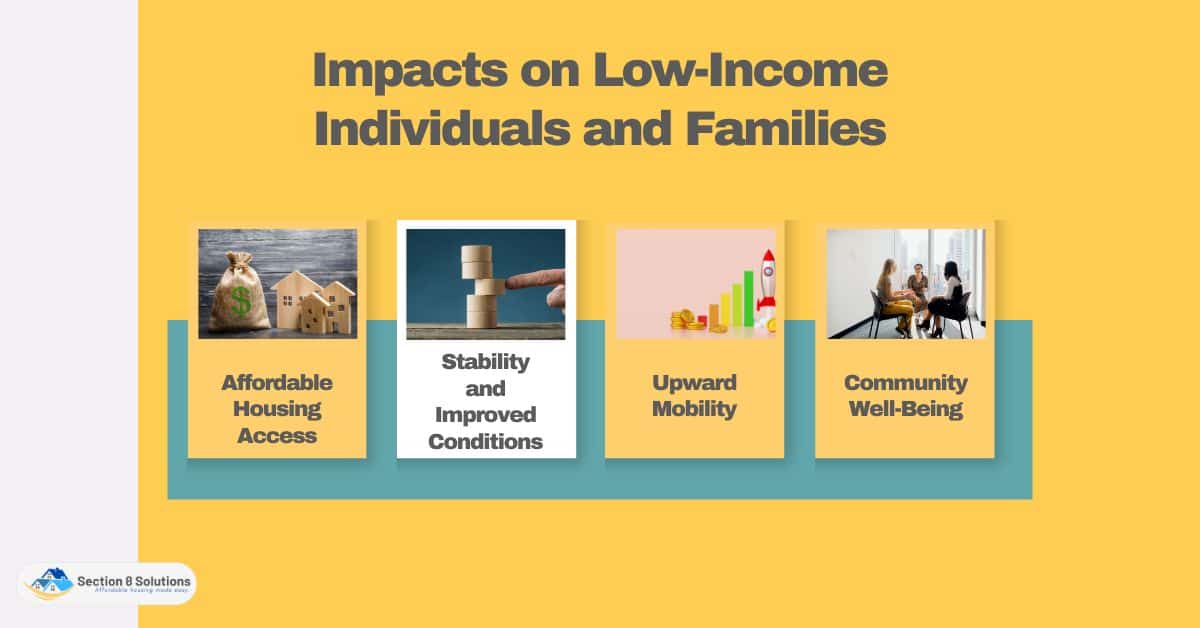
- Affordable Housing Access: The income limit acts as a gateway, granting low-income families access to housing that fits their financial capabilities. By easing the burden of exorbitant rents, the program alleviates financial stress, freeing up resources for other essential needs.
- Stability and Improved Conditions: With affordable housing secured, families experience newfound stability. The fear of eviction or displacement diminishes, allowing parents to focus on nurturing their children’s growth and development. Furthermore, this stability contributes to improved mental and emotional well-being.
- Upward Mobility: Affordable housing catalyzes a positive domino effect, empowering families to invest in education, skill development, and career growth. By reducing housing costs, individuals can channel their efforts toward personal advancement, gradually breaking free from the cycle of poverty.
- Community Well-Being: Beyond individual impacts, the Section 8 program enriches the fabric of the community. It fosters diversity by ensuring that a range of socioeconomic backgrounds is represented in neighborhoods. This inclusivity strengthens community bonds, fosters empathy, and propels collective growth.
The Raleigh income limit for Section 8 extends far beyond its numerical value. It is a cornerstone of social change, embodying Raleigh’s commitment to enhancing the lives of its low-income residents. By providing a pathway to secure and affordable housing, the program touches every facet of an individual’s journey, ultimately shaping a more resilient, thriving, and inclusive community.
Conclusion
In Raleigh, the income limit for Section 8 serves as a pivotal criterion for determining housing assistance eligibility. By understanding the significance of these limits, the calculation methods, and the impact on low-income individuals and families, we gain insights into the efforts made to address the city’s housing challenges. As Raleigh continues to evolve, the Section 8 program remains a beacon of hope, offering a lifeline to those striving for affordable and secure housing amidst an ever-changing urban landscape.


